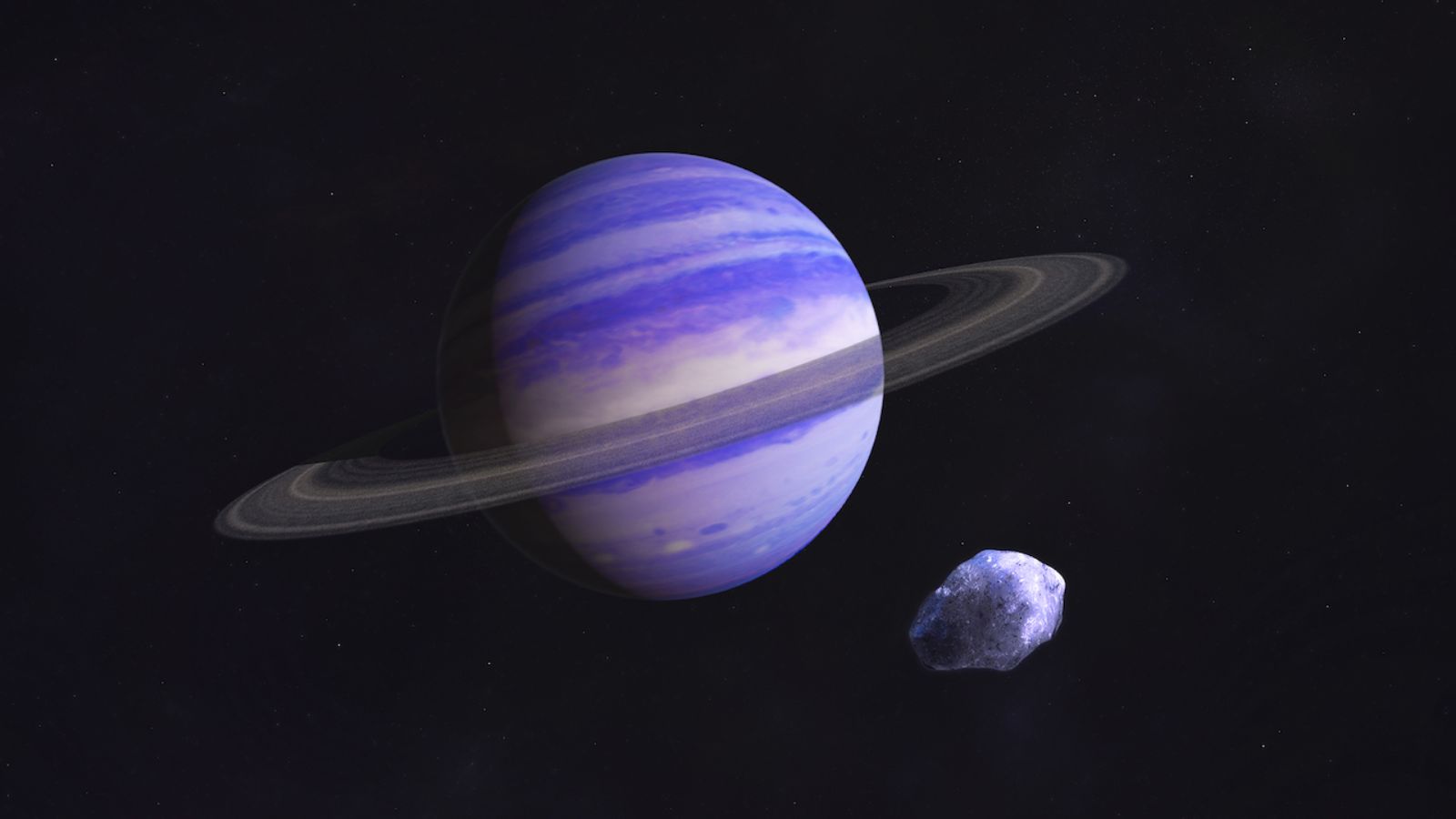From tiny single-celled algae to the giant sequoias, green is the colour that we most associate with life on Earth. But a new study published on Wednesday suggests that in the search for extraterrestrial life, we should probably look for the colour purple instead of green.
The reason so many plants and life forms are green is because they produce oxygen with the help of the green pigment chlorophyll. But things could be very different on an Earth-like planet that orbits another star since bacteria-like life form might be able to live in locations that receive little sunlight and have no oxygen.
In fact, there are such locations on Earth, where the bacteria have purple pigments to help absorb the energy from invisible infrared radiation to power their photosynthesis. If there is a distant world where such bacteria dominate, they might generate a distinct “light fingerprint” that our cutting edge space telescopes, like Webb, might be able to detect.
“Purple bacteria can thrive under a wide range of conditions, making it one of the primary contenders for life that could dominate a variety of worlds,” said Lígia Fonseca Coelho, a postdoctoral associate at the Carl Sagan Institute (CSI) and first author of the study published in Monthly Notices of the Royal Astronomical Society: Letters.
According to co-author Lisa Kaltnegger, director of CSI, there is a need to create a database of signs of life so that our telescopes do not miss life if it does not look like something we would expect.

Astronomers have already discovered over 5,500 exoplanets, or planets outside our solar system, and 30 of these are thought to host Earth-like conditions. Planned future observatories like the Habitable Worlds Observatory and the Extremely Large Telescope will look to study the chemical makeup of the planets that exist in the “Goldilocks zone” of star systems, where conditions are warm enough for liquid water to exist while not being so warm that it boils off into vapour. In other words, conditions conducive to life.
The researchers collected and grew samples of more than 20 purple sulphur and purple non-sulphur bacteria from a variety of environments, from beaches and coasts to deep-sea hydrothermal vents.
What scientists collectively refer to as purple bacteria actually come in a range of colours, including yellow, orange, brown and red. They thrive on low-energy red or infrared light using simpler photosynthesis. That could also be true of potential life forms on planets orbiting cooler red dwarf stars, which are the most common type in our galaxy.
© IE Online Media Services Pvt Ltd
First uploaded on: 19-04-2024 at 12:43 IST

Shambhu Kumar is a science communicator, making complex scientific topics accessible to all. His articles explore breakthroughs in various scientific disciplines, from space exploration to cutting-edge research.


